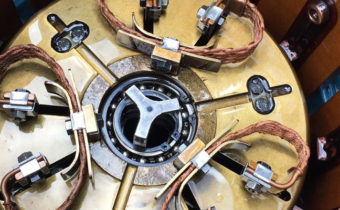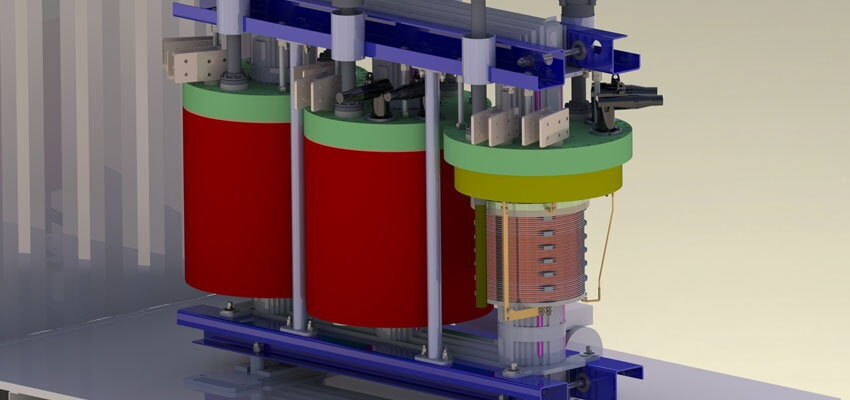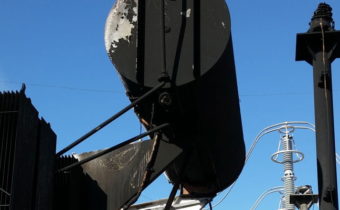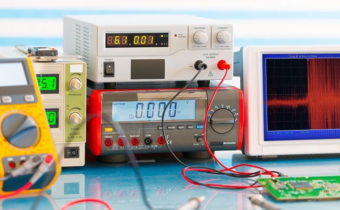
Superconducting transformers – Part II
Abstract Superconducting transformers using high current density High Temperature Superconductor (HTS) wire cooled with liquid nitrogen can be lighter and more efficient than conventional power...
by Mike STAINES, Mohinder PANNU, Neil GLASSON, Nathan ALLPRESS

Abstract
Superconducting transformers using high current density High Temperature Superconductor (HTS) wire cooled with liquid nitrogen can be lighter and more efficient than conventional power transformers. This paper describes the 1 MVA 11/0.415 kV HTS transformer developed by a New Zealand – Australian team, featuring HTS Roebel cable in the 1.4 kA-rated low voltage winding. Comparison of HTS and conventional transformer designs at 40 MVA rating shows lower lifetime cost of losses makes HTS base-load transformers cost-competitive in higher energy cost markets. Power density – more MVA in a restricted footprint – could be a decisive advantage in mobile applications.
Keywords: superconductor, Roebel cable, cryogenic
3.2 Testing

Figure 4. Setup for load loss measurement, windings in cryostat without core fitted
The load loss of the transformer windings was measured for convenience in an air core configuration with shorted output, as shown in Fig. 4. The extremely low electrical loss necessitates a custom measurement setup with high phase accuracy, subtracting the loss in the short and current leads from the input power. The results are striking (log-log plot, Fig. 5): the load loss increases with current close to a power of 3.5 rather than the familiar quadratic dependence of resistive loss. The load loss is hysteretic, proportional to frequency rather than independent of frequency like normal resistive loss. At 50 Hz the electrical loss per phase at rated current is 120 W, only 0.036%. Because of the steep power law dependence, the loss drops by about a factor of 10 when the current is halved. Assuming a cryocooler with cooling penalty of 13.5 W/W (watts input power per watt cooling power), the electrical loss translates to a load loss of 0.4%, about half the 10 kW load loss typical of a 1 MVA transformer. Note that this comparison indicates the potential energy savings on load losses using the most efficient cryocoolers currently available. In practice our system used stored liquid nitrogen and a less efficient crycooler.
Prediction of load loss is a non-trivial computation compared to the loss in copper conductors, but calculations [6] by our collaborator Enric Pardo accurately reproduce our measurements. The blue line in Fig. 5 shows the predicted loss in the superconductor, while the black line includes the contribution of eddy current loss in the copper terminals of the low voltage winding. The great significance of this agreement of modelling and measurement is that we can now confidently predict the load loss in larger transformers, where the benefits of HTS relative to copper begin to outweigh the higher purchase price.







